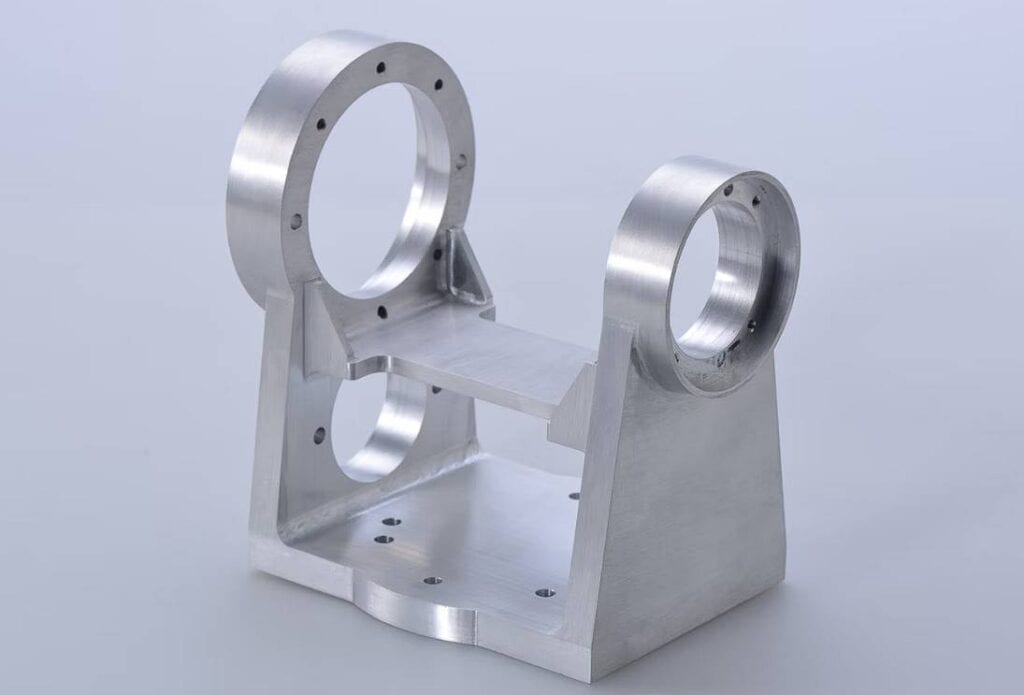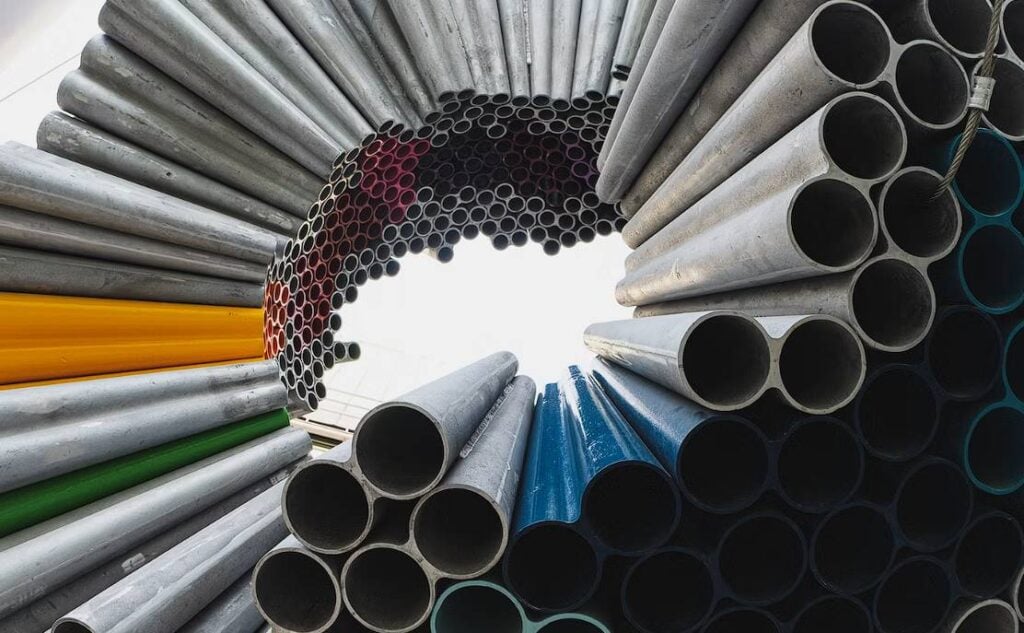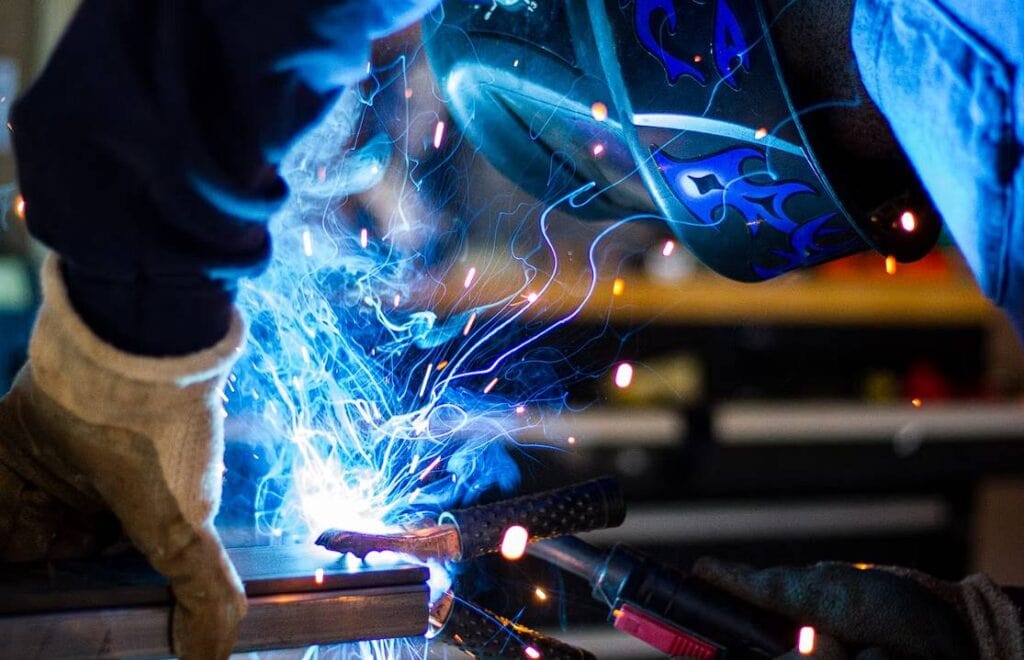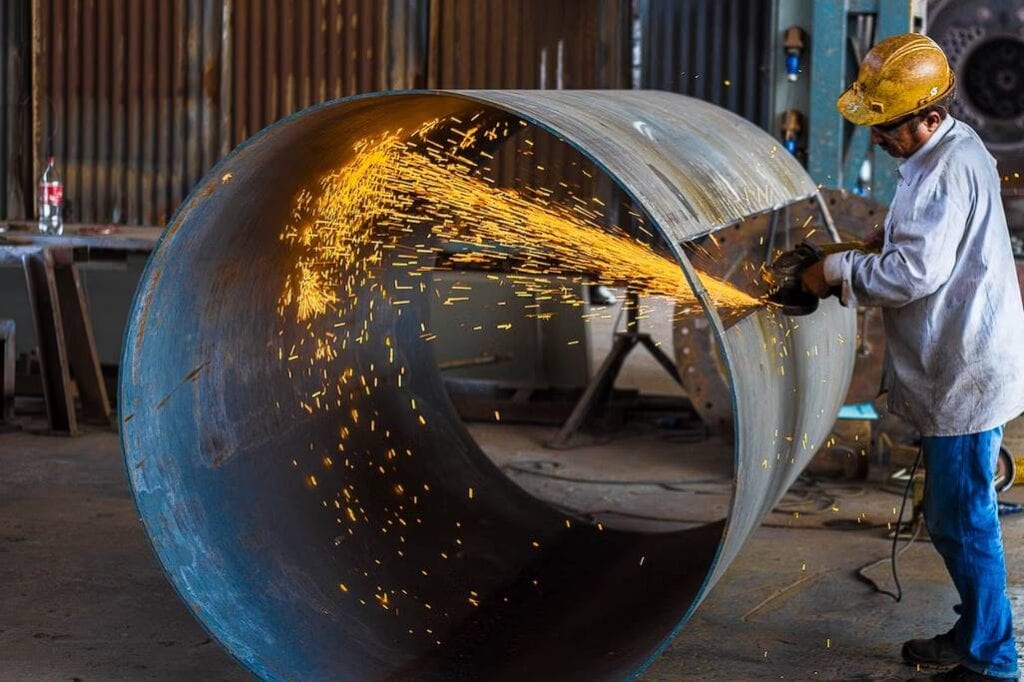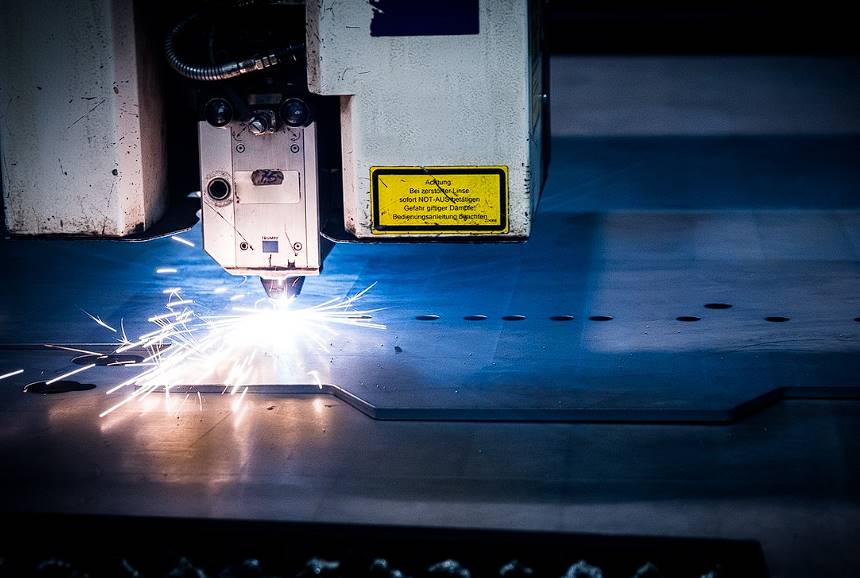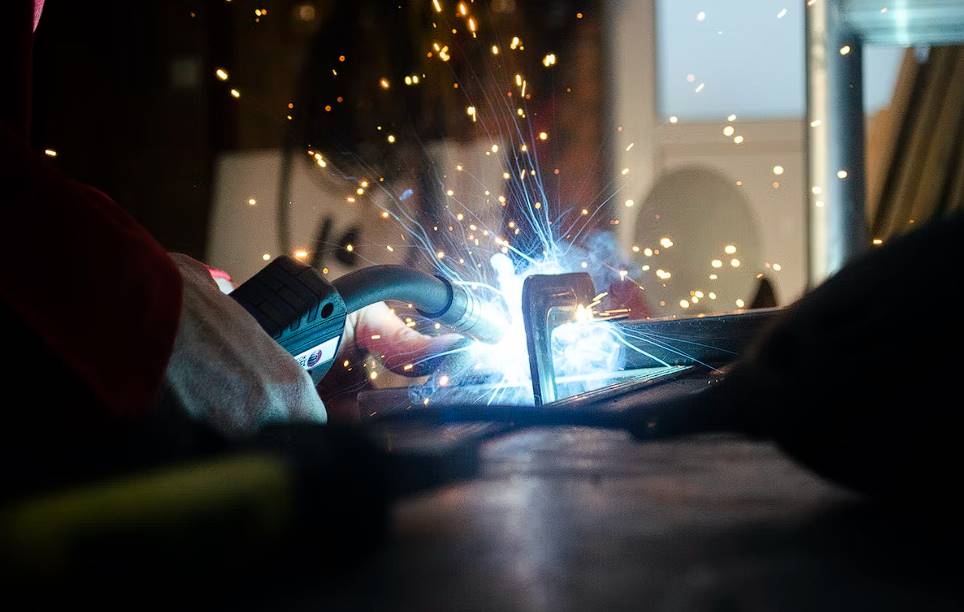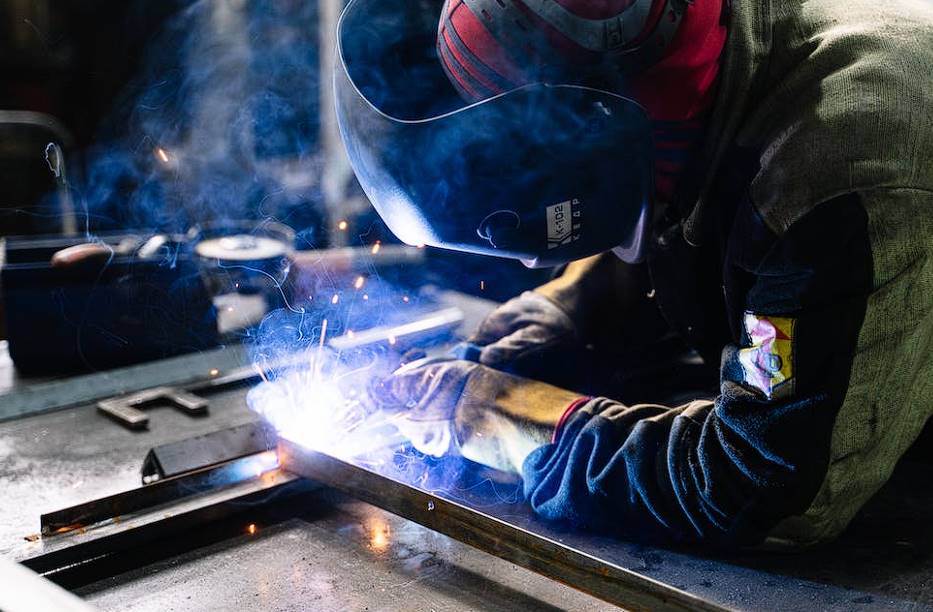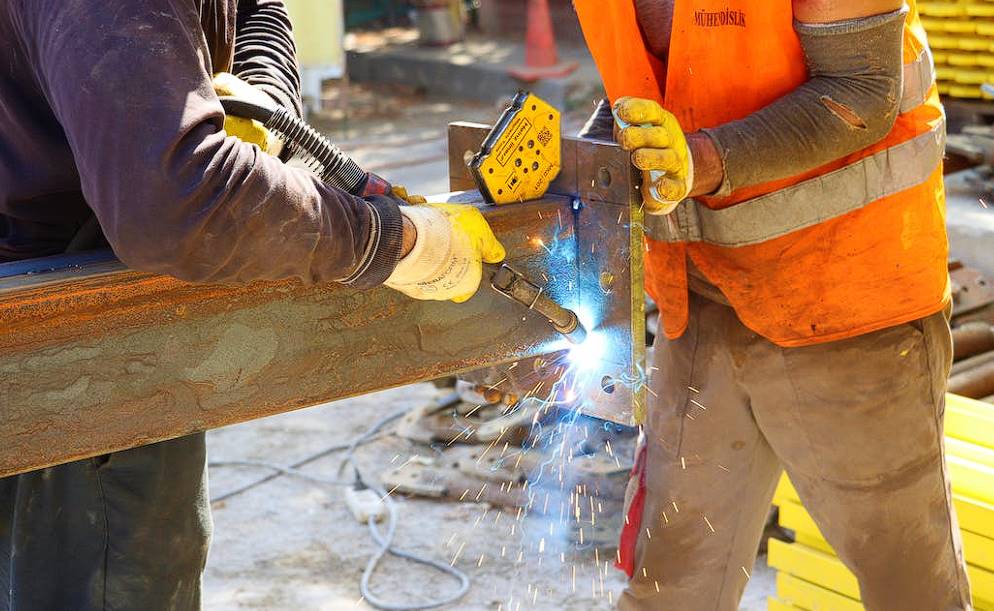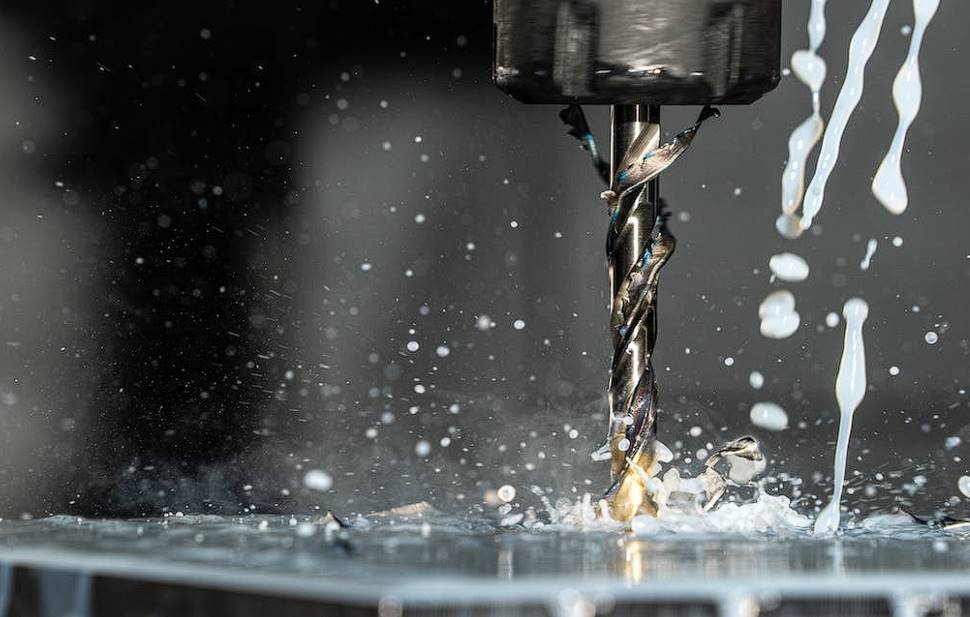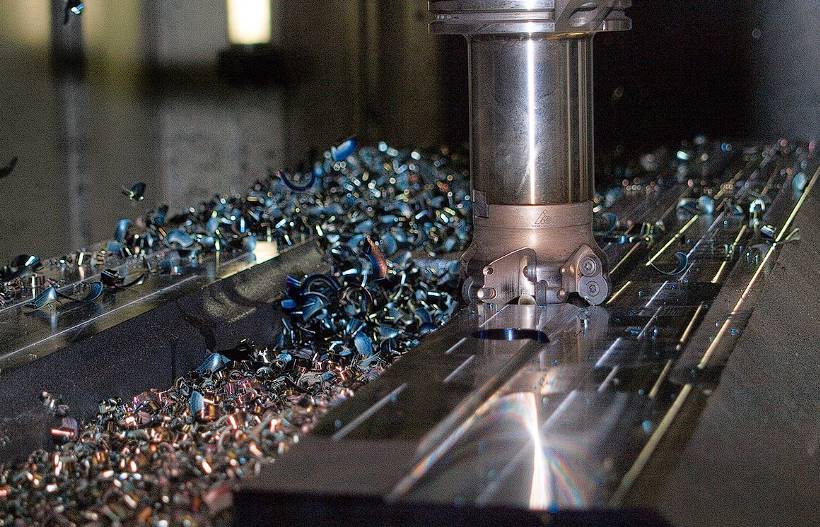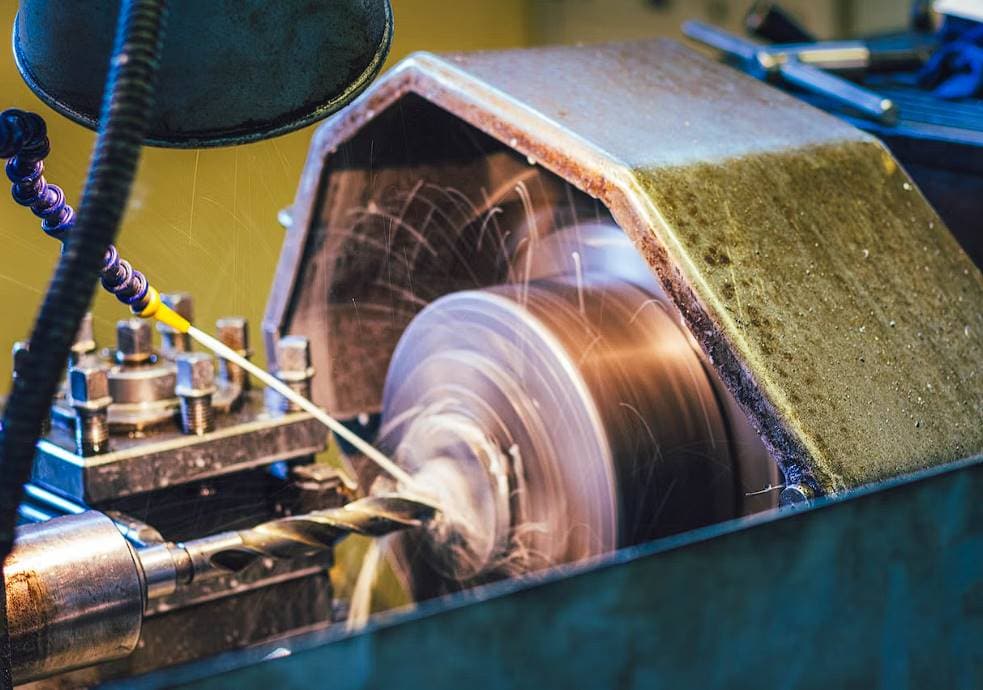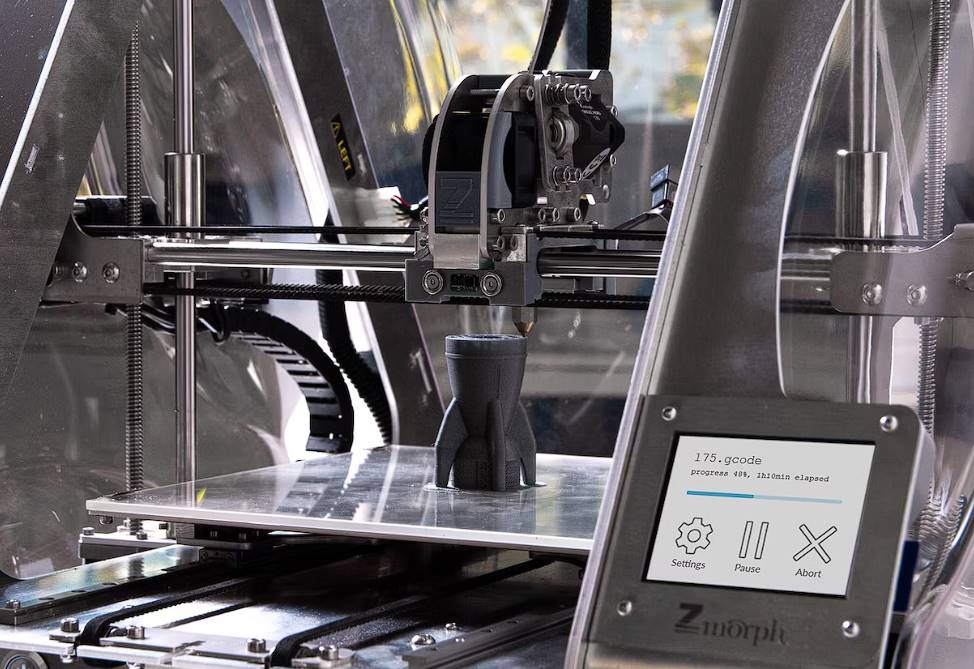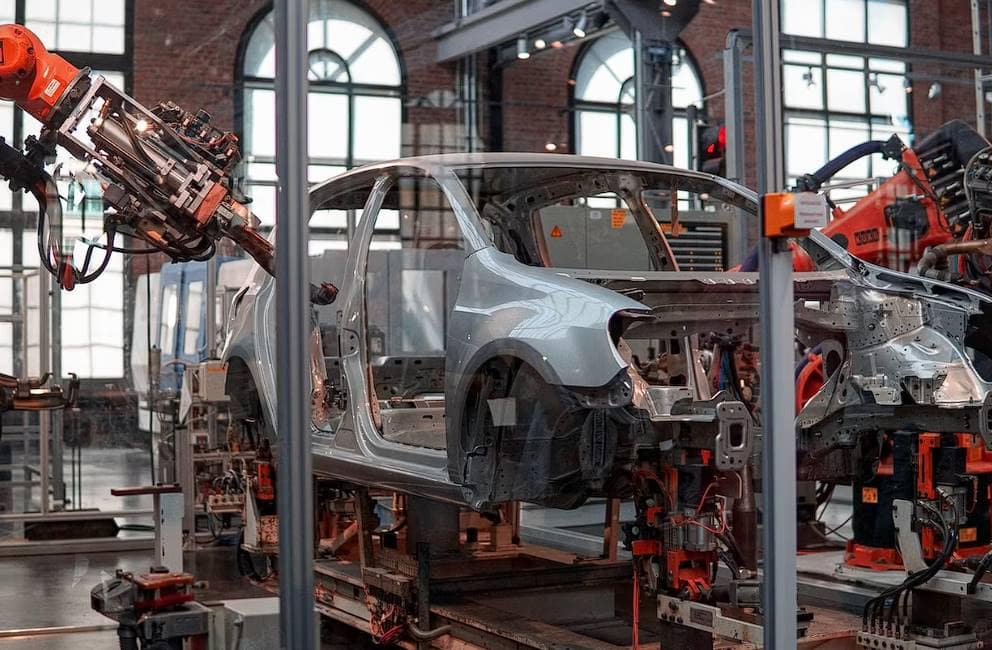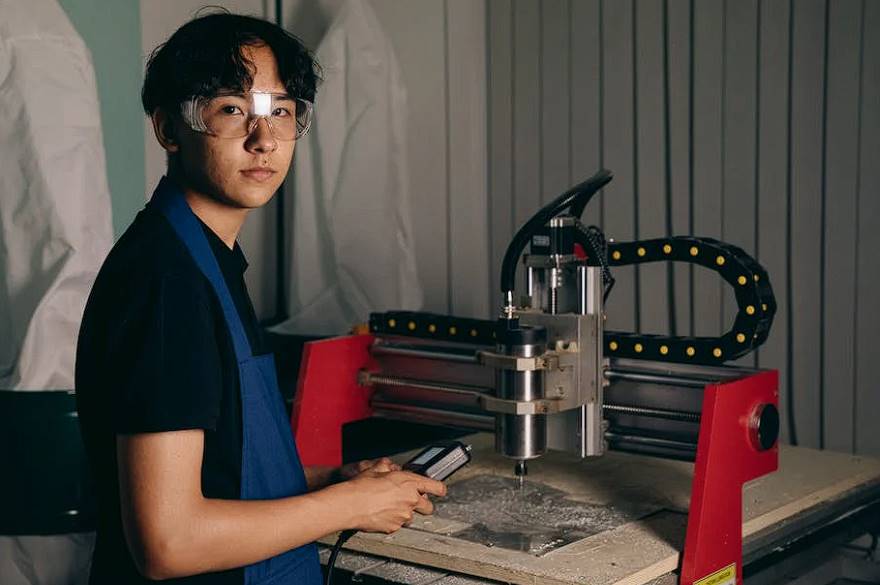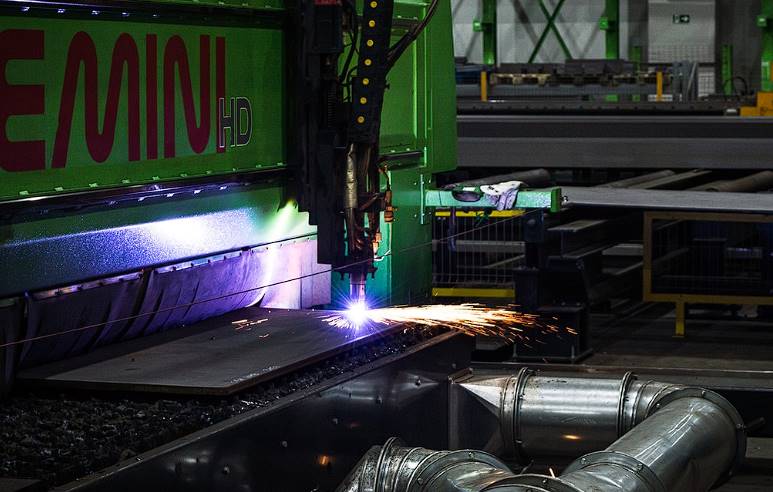Welcome to our newest look into the exciting world of metalworking. In this episode, we'll look at the rolling steel process and how it changes the material and makes it stronger. Steel is used in many modern buildings and factories, and it goes through many processes to meet the strict needs of its uses.
Rolling is one of the most essential methods because it not only shapes the steel but also improves its natural qualities. We want to show how this process not only changes the shape of steel but also improves its composition, which makes it stronger, lasts longer, and works better overall. We will talk about the history of rolling steel and the newest developments in technology and materials science.
This will help you understand why rolled steel is essential in many fields, from building to aerospace. Whether you're an experienced engineer, a student of metallurgy, or just someone interested in the fascinating world of material science, this post will help you understand how vital rolling is in making steel.
Learning About Rolling Steel
Rolling steel is a cornerstone in metalworking, pivotal to transforming molten metals into functional products for many applications. This sophisticated method has evolved significantly over centuries, integrating traditional techniques with cutting-edge technologies to meet the demands of modern manufacturing.
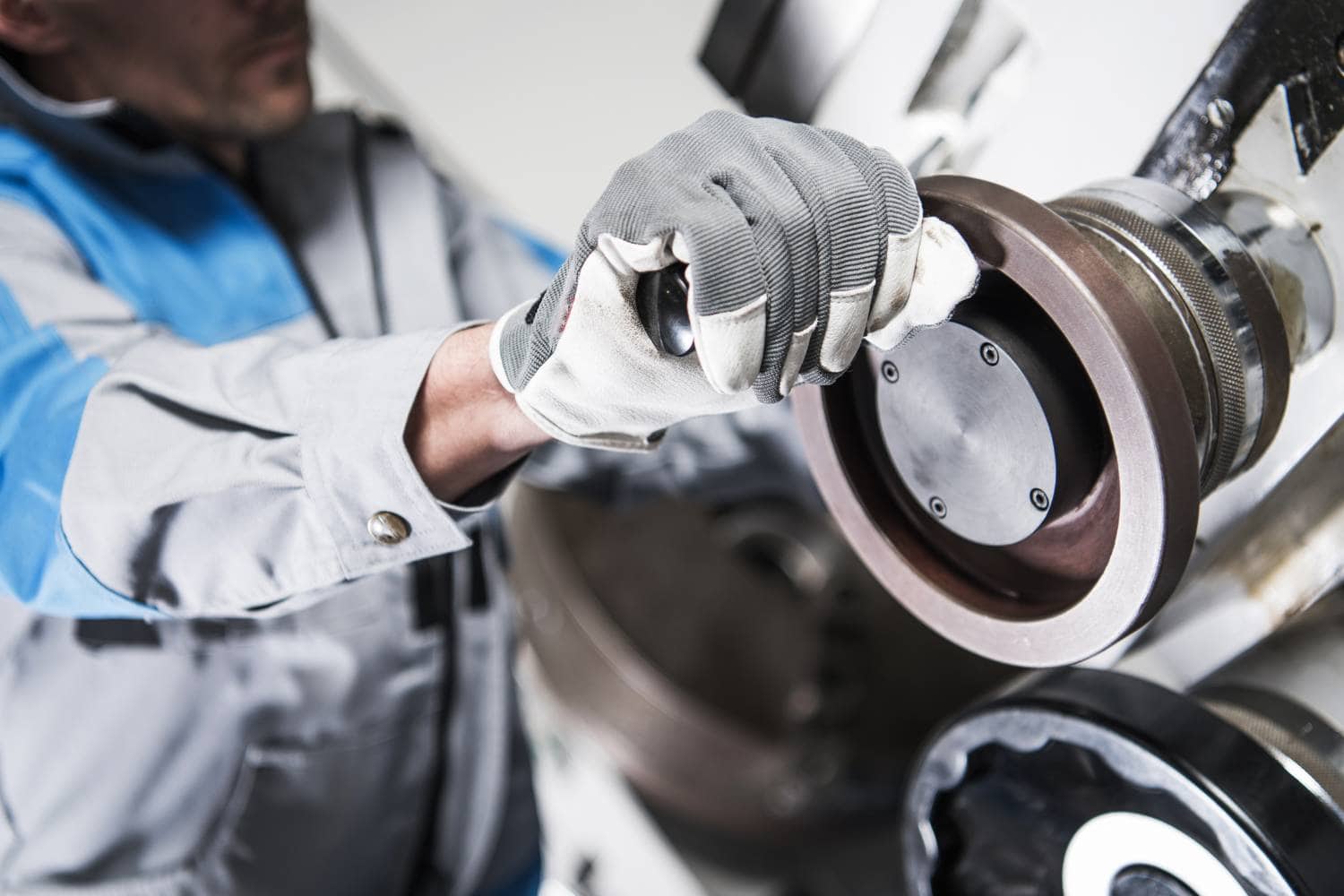
The Basics Of Rolling Steel
Rolling steel involves passing metal stock through one or more pairs of rolls to reduce its thickness, make it uniform, or impart desired mechanical properties. This process is distinguished by the metal's temperature during the operation. Hot rolling processes the metal above its recrystallisation temperature, facilitating easier shaping and forming. In contrast, cold rolling occurs below this temperature, enhancing the steel's strength through strain hardening and improving surface finish and dimensional accuracy.
Technological Evolution And Machine Learning
The introduction of machine learning and Smart Mill technology has revolutionised the steel rolling process. By leveraging data-assisted decision-making, steel mill operators can optimise the milling process, reducing operating costs, healthier bottom lines and a smaller carbon footprint. This digitalisation trend represents a shift towards autonomous manufacturing, mirroring advancements seen in autonomous vehicles.
Historical Milestones And Modern Practices
The historical evolution of rolling steel, from early crude forms to the sophisticated processes employed today, underscores the field's continuous development and innovation. Modern rolling practices owe much to pioneers like Henry Cort, who introduced grooved rollers, significantly increasing output efficiency. Today, steel rolling is an integral part of steel production, transforming semi-finished casting products into various finished goods.
Applications And Impact
Rolled steel's versatility and exceptional properties make it indispensable across numerous industries, from construction and infrastructure to automotive and aerospace. The process contributes to creating durable and reliable products and reflects the industry's adaptation to changing technological landscapes.
Future Directions
As the industry continues to embrace digital solutions and advanced materials, the future of rolling steel lies in further automation and optimisation. Integrating artificial intelligence and machine learning into rolling processes promises to enhance efficiency, reduce waste, and usher in a new era of manufacturing precision.
The Science Behind Strength Enhancement
Exploring the science behind strength enhancement reveals a fascinating interplay between physical training and the body's adaptive responses. This exploration draws from various sources, including insights into the neural basis of muscle strength, the physiological outcomes of resistance training, and the broader health benefits of such practices.
Muscle Strength Enhancement
Muscle strength enhancement through exercise, particularly resistance training, involves a complex biological process impacting the muscle's physical structure and neural control mechanisms. The principle underlying strength gains lie in the body's adaptive response to exercise stress, manifesting in two primary forms: muscular hypertrophy and neural adaptations.
Muscular Hypertrophy
Muscular hypertrophy, or the enlargement of muscle cells, is a direct response to the repeated stress of resistance training. When muscles are exercised under tension, mainly through weight lifting or resistance exercises, they incur microscopic damage. This damage triggers the body's repair processes, which, in conjunction with adequate protein intake, increases muscle fibre size. Over time, this increase contributes to overall muscle strength and endurance.
Neural Adaptations
The neural adaptations to strength training are equally significant. These include enhanced efficiency in nerve-muscle communication, often called synchronous activation, and reduced inhibitory neural feedback. Such changes allow more muscle fibres to be recruited during an exercise, contributing to greater muscle strength without a corresponding increase in muscle size. This aspect is particularly notable in the initial stages of strength training, where significant strength gains can be observed with minimal hypertrophy.
Health Benefits Beyond Strength
Beyond enhancing muscle strength and size, resistance training offers numerous health benefits. It plays a crucial role in improving bone density, weight management, and reducing chronic disease risk. Moreover, resistance training can improve quality of life by enhancing functional ability, reducing injury risk, and even boosting cognitive function in older adults.
Implementing Effective Training Strategies
For those looking to harness these benefits, incorporating resistance training into a fitness regime requires attention to frequency, intensity, and recovery. Training should be consistent, with exercises targeting all major muscle groups at least twice weekly. Additionally, varying workout routines can help overcome plateaus and stimulate further strength gains.
Advantages Of Rolled Steel
Rolled steel, including both hot- and cold-rolled varieties, is a cornerstone material in numerous industries. Its applications range from construction frameworks and automotive parts to furniture and home appliances. Understanding the advantages of each type of rolled steel is crucial for selecting the most suitable material for any project.
Hot Rolled Steel Advantages
- Cost-Effectiveness: Hot-rolled steel generally costs less than cold-rolled steel. This is due to the reduced processing required after the steel has been heated and formed.
- Flexibility and Workability: Hot rolling steel involves heating it above its recrystallisation temperature, making it malleable and more accessible to form into various shapes. This flexibility is essential for creating significant structural components.
- Versatility: Hot rolled steel's malleability means it's widely used across industries. Typical applications include construction materials like I-beams, agricultural equipment, and automobile parts that can benefit from steel's "give."
- Speed of Production: Projects using hot-rolled steel typically complete faster due to the material's ease of manipulation.
Cold Rolled Steel Advantages
- Increased Strength: Cold rolling steel at or below room temperature increases its strength by up to 20%, making it suitable for high-stress applications.
- Superior Surface Finish: Unlike hot-rolled steel, which can have a rough finish, cold-rolled steel is known for its smooth, shiny surface, making it ideal for aesthetic purposes in the furniture and automotive industries.
- Dimensional Accuracy: Cold-rolled steel provides tighter tolerances and better dimensional accuracy, making it essential for components requiring precision.
- Diverse Tempering Options: The cold rolling process allows for various tempering, including full-hard, half-hard, and quarter-hard, providing flexibility in the steel's final use and application.
- Reduced Internal Stress: Gradual cooling in hot rolling and precise processing in cold rolling minimises internal stresses, enhancing the structural integrity of the steel.
Applications And Considerations
While hot-rolled steel is preferred for structural components and applications with some flexibility, cold-rolled steel is favoured for high-precision applications and requires a superior surface finish. The choice between hot and cold-rolled steel ultimately depends on the project's specific requirements, including budget constraints, desired aesthetic outcomes, and structural demands.
Applications Of Rolled Steel
Rolled steel, produced through hot and cold rolling processes, is a versatile material in various industries due to its distinct characteristics and advantages. This exploration delves into its myriad applications, highlighting how its diverse forms cater to specific needs across different sectors.
Hot Rolled Steel Applications
- Construction and Infrastructure: Hot-rolled steel forms the backbone of modern construction, offering the strength and durability required for structural components such as beams, columns, and frames. Its application extends to bridges, buildings, and other infrastructure projects where robustness and the ability to withstand environmental challenges are paramount.
- Agricultural and Mining Equipment: The agriculture and mining sectors benefit from hot-rolled steel's durability and formability. It is used in manufacturing tractors, harvesters, and other heavy-duty machinery capable of enduring the rigours of agricultural and mining operations.
- Automotive Industry: Hot rolled steel's malleability makes it ideal for automotive applications, including chassis, frames, and body panels. Its strength ensures safety and longevity, while its ease of forming facilitates manufacturing complex components.
- Art and Architecture: Hot-rolled steel's aesthetic versatility makes it a favoured choice for artistic installations and architectural elements. Its unique surface finish adds character and strength to sculptures, installations, and modern architectural designs.
- Shipbuilding: Ships require materials that offer strength, corrosion resistance, and durability. Hot rolled steel's high tensile strength and resistance to harsh marine environments make it an ideal choice for shipbuilding, ensuring the safety and longevity of marine vessels.
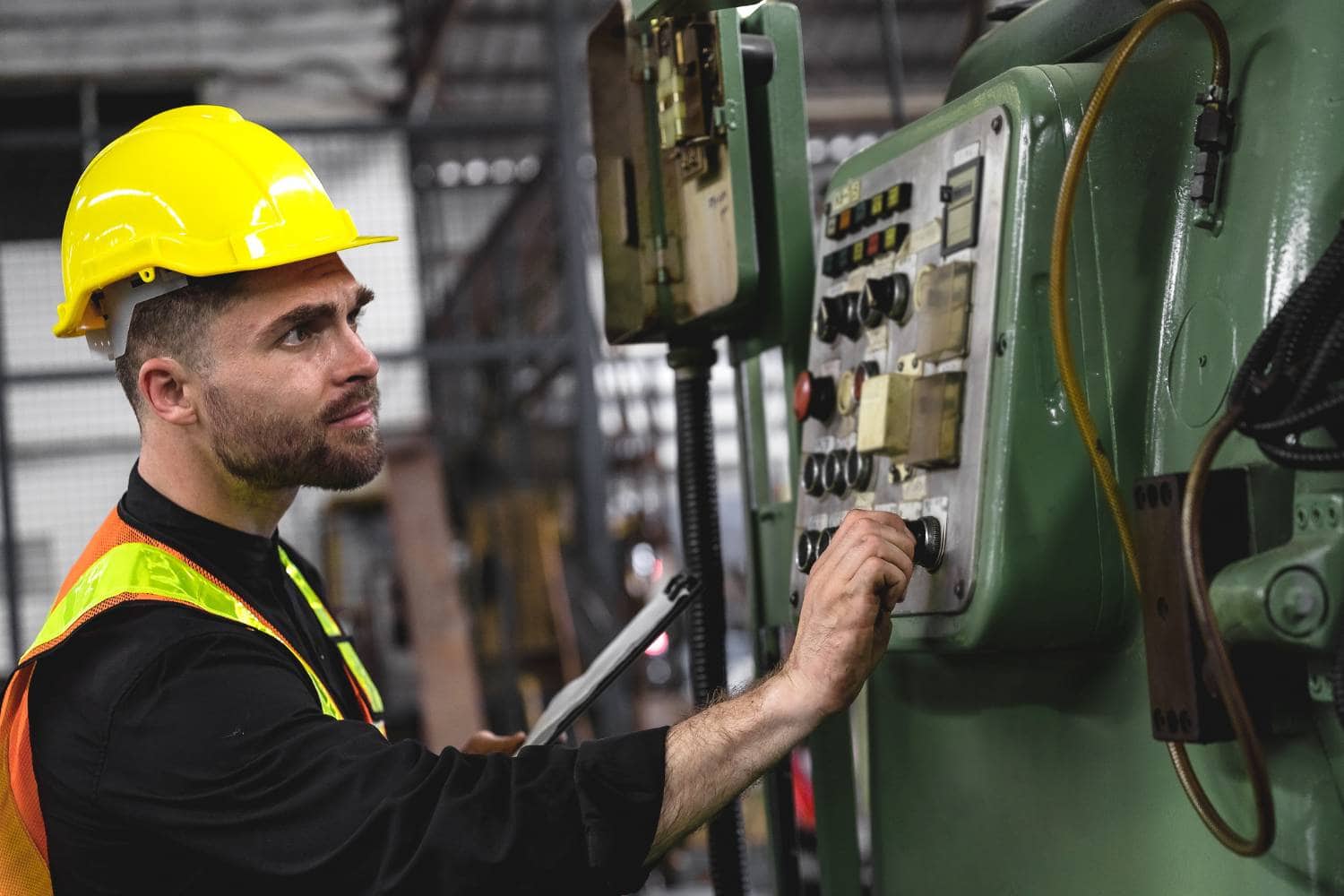
Cold Rolled Steel Applications
- Precision Engineering and Machinery: Cold rolled steel's superior surface finish and tight tolerances make it suitable for precision engineering applications. It is extensively used to manufacture tools, dies, and machinery where accuracy and surface quality are critical.
- Consumer Appliances: Cold rolled steel's aesthetic appeal and strength find applications in consumer appliances such as refrigerators, washing machines, and dryers. Its smooth surface is conducive to painting and finishing, enhancing the appearance and durability of household appliances.
- Electronics and Electrical Appliances: The precision and quality of cold rolled steel make it ideal for components in electronic and electrical appliances, where dimensional accuracy and surface quality are crucial for functionality and aesthetics.
- Automotive Components: Cold-rolled steel is used in the automotive industry for components requiring strength, precision, and a high-quality finish. It is ideal for brackets, seat frames, and specific engine components, contributing to the vehicle's overall safety and performance.
- Furniture and Fixtures: The strength and aesthetic appeal of cold rolled steel are leveraged in manufacturing furniture and fixtures. Its ability to be formed into complex shapes and finished with a high-quality surface makes it a popular choice for modern, durable furniture designs.
Conclusion
Rolling steel is a crucial process in metalworking, transforming molten metals into functional products for various applications. The process involves passing metal stock through one or more pairs of rolls to reduce thickness, make it uniform, or impart desired mechanical properties.
It is classified into hot and cold rolling. Hot rolling processes the metal above its recrystallisation temperature, facilitating easier shaping and forming, and cold rolling below this temperature enhances the steel's strength through strain hardening and improves surface finish and dimensional accuracy.
Technological evolution and machine learning have revolutionised the steel rolling process, reducing operating costs, healthier bottom lines, and a smaller carbon footprint. The historical evolution of rolling steel, from early crude forms to sophisticated processes, underscores the continuous development and innovation within the field. Today, steel rolling is an integral part of steel production, transforming semi-finished casting products into various finished goods.
Rolled steel's versatility and exceptional properties make it indispensable across numerous industries, from construction and infrastructure to automotive and aerospace. The future of rolling steel lies in further automation and optimisation, with the integration of artificial intelligence and machine learning into rolling processes promising to enhance efficiency, reduce waste, and usher in a new era of manufacturing precision.
Resistance training is a crucial part of a fitness regime. It requires consistent exercise targeting all major muscle groups at least two times per week. Various workout routines can help overcome plateaus and stimulate further strength gains.
Rolled steel, encompassing hot and cold-rolled varieties, is a cornerstone material in numerous industries, including construction frameworks, automotive parts, furniture, and home appliances. Understanding the advantages of each type of rolled steel is crucial for selecting the most suitable material for any given project.
Due to its malleability, hot-rolled steel offers cost-effectiveness, flexibility, versatility, and faster production times. It is widely used across industries, such as construction materials, agricultural equipment, and automobile parts. Cold-rolled steel increases strength by up to 20% and is known for its smooth, shiny surface and better dimensional accuracy. It also offers various tempering options and reduces internal stress.
The choice between hot and cold rolled steel depends on the project's specific requirements, including budget constraints, desired aesthetic outcomes, and structural demands.
Hot rolled steel is used in construction and infrastructure, agriculture and mining equipment, automotive industry, art and architecture, shipbuilding, precision engineering and machinery, consumer appliances, electronics and electrical appliances, automotive components, and furniture and fixtures. Cold rolled steel's superior surface finish and tight tolerances suit precision engineering applications, consumer appliances, electronics and electrical appliances, automotive components, and furniture and fixtures.
Content Summary
- Rolling steel transforms molten metals into functional products that are pivotal in metalworking.
- This process has significantly evolved, blending traditional techniques with modern technologies.
- Rolling involves passing metal stock through rolls to reduce thickness and enhance properties.
- It's classified into hot and cold rolling based on the metal's temperature during the operation.
- Hot rolling makes steel easier to shape, while cold rolling increases strength and improves surface finish.
- Machine learning and Smart Mill technology have revolutionised steel rolling, optimising efficiency.
- Historical advancements, like Henry Cort's grooved rollers, significantly increased steel production.
- Rolled steel is crucial for its versatility and properties in the construction, automotive, and aerospace industries.
- Future rolling techniques may involve more automation and digital solutions for precision manufacturing.
- Muscle strength enhancement through exercise involves both muscular hypertrophy and neural adaptations.
- Muscular hypertrophy results from the repair processes following exercise-induced muscle damage.
- Neural adaptations improve nerve-muscle communication, allowing for greater muscle strength.
- Beyond strength, resistance training offers health benefits like bone density improvement and weight management.
- Training strategies should consider frequency, intensity, and recovery to maximise benefits.
- Hot rolled steel's cost-effectiveness and workability suit large structural components.
- Cold rolled steel's increased strength, and superior surface finish caters to precision applications.
- The choice between hot and cold rolled steel depends on project requirements and budget constraints.
- Hot-rolled steel applications include construction frameworks, automotive parts, and artistic installations.
- Cold-rolled steel is preferred for consumer appliances, precision engineering, and furniture designs.
- Rolling steel enhances its natural qualities, making it stronger and more durable.
- The science behind rolling steel reveals how it improves steel's composition and mechanical properties.
- Rolled steel's importance spans various fields, emphasising its role in modern manufacturing.
- Hot and cold rolling serve different purposes, each offering unique advantages.
- Integrating AI and machine learning into steel rolling is set to enhance manufacturing precision further.
- Rolled steel contributes to creating durable, reliable products across numerous industries.
- Resistance training's physiological outcomes include both muscular and neural enhancements.
- Adapting to exercise stress leads to significant gains in muscle strength and endurance.
- The health benefits of resistance training extend beyond strength, impacting overall well-being.
- Implementing effective resistance training strategies can lead to improved strength and health outcomes.
- Hot-rolled steel's versatility makes it a staple in construction and infrastructure projects.
- Cold-rolled steel's precision and surface quality are ideal for detailed and aesthetic applications.
- The evolution of rolling techniques reflects continuous innovation in the metalworking field.
- Understanding the differences between hot and cold rolled steel is crucial for material selection.
- The future of rolling steel promises increased efficiency and reduced waste through advanced technologies.
- Muscle strength enhancement is a complex process influenced by both physical and biological factors.
- Training programs should be tailored to individual goals, considering the unique benefits of different exercises.
- Rolled steel's adaptability and exceptional properties underscore its significance in engineering and design.
- The ongoing development of rolling technologies highlights the industry's commitment to quality and sustainability.
- Rolled steel's applications demonstrate its critical role in supporting the structural integrity of modern constructions.
- The benefits of rolling steel extend beyond improved strength, including enhanced durability and performance.
- Machine learning technologies offer new possibilities for optimising the steel rolling process.
- Significant contributions to the advancement of metalworking techniques mark the history of rolling steel.
- Rolled steel is essential in constructing durable and aesthetically pleasing architectural elements.
- Advanced rolling processes contribute to producing steel with precise dimensions and superior finishes.
- The application of rolled steel in the automotive industry highlights its importance in manufacturing safe and reliable vehicles.
- The adaptability of rolled steel to various tempering options provides flexibility in its application across different sectors.
- Rolled steel's contribution to the aerospace industry underscores its value in creating strong, lightweight components.
- Resistance training's impact on cognitive function in older adults illustrates the wide-ranging benefits of physical exercise.
- The distinction between hot and cold rolled steel lies in their processing temperatures and resulting mechanical properties.
- Rolled steel's significance in the shipbuilding industry emphasises its role in ensuring maritime safety and durability.
Frequently Asked Questions
Yes, rolling steel, especially cold rolling, improves its dimensional accuracy. The process allows for tighter tolerances and better control over the final shape and dimensions of the steel product.
Rolling steel enhances its mechanical properties, making it suitable for a broader range of applications. Cold-rolled steel's increased strength and improved surface finish make it ideal for use in precision instruments, automotive components, and consumer electronics.
Technological advancements such as machine learning and Smart Mill have revolutionised the steel rolling process. These innovations allow for more precise control over the rolling process, resulting in steel with better properties and reduced production costs.
Yes, advancements in rolling technology have the potential to contribute to environmental sustainability by reducing waste, improving energy efficiency, and enabling the recycling of materials used in the rolling process.
For more detailed information about the benefits of rolling steel for specific projects, consult with steel manufacturers or suppliers. They can provide insights into the most suitable type of rolled steel for your needs based on the project's requirements and the desired properties of the final product.


